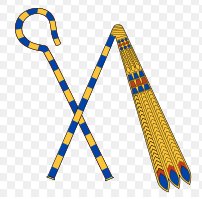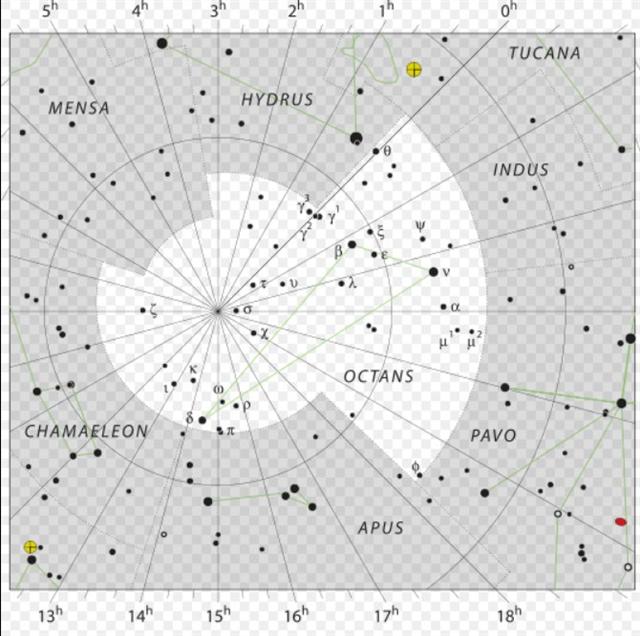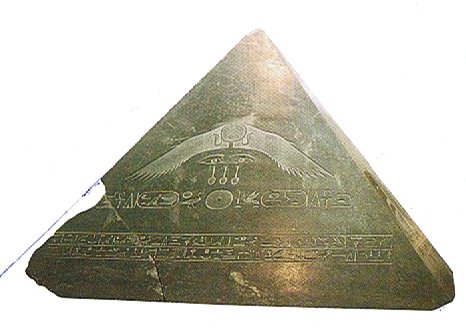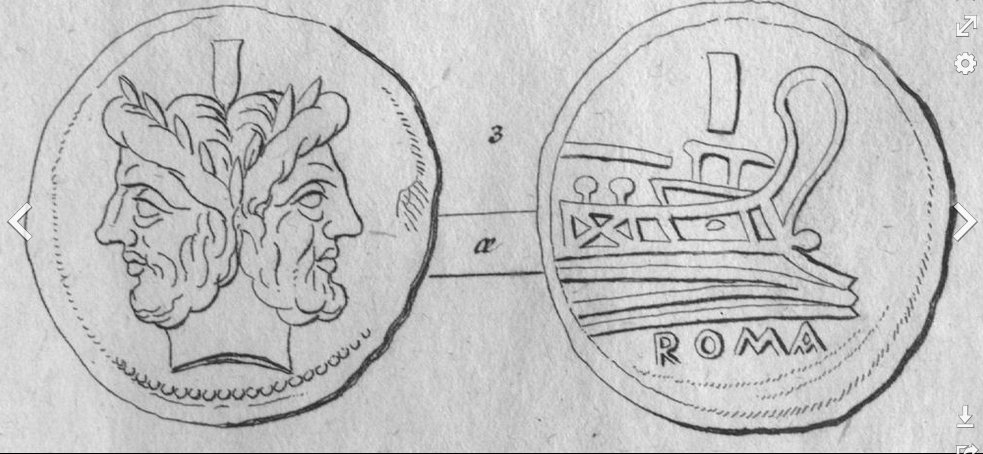The creator of the G text could have used the measure 290 for the distance between the dates at the time of rongorongo and the stars at the time of the Gate of the Goat. But he also had use for the Hyades Gate as the beginning of side a. December 31 (365) - 75 = 290 (●OCTOBER 17) = December 31 (0) + 290:
I have here blackmarked Sirius because this star was traditionally associated with raising the water, i.e. the opposite of the preceding Canopus who drank it all up. Somewhere beyond midsummer rain would come. Sirius moved together with the Sun, therefore being immune to the precession. My date ●APRIL 16 is therefore no more than an extrapolation, in reality Sirius would have risen with the Sun around ●JUNE 30. The flow of heliacal stars, rising in the east and descending in the west, was - according to the G text - cut off at Sirius, leaving a gap of approximately 360 - 101 = 259 days from ●APRIL 16 (471) to ●DECEMBER 31 (730 = 2 * 365). Counting by the stars was here probably done from the Gate of the Goat:
Instead of twin rivers of water the drawing at heliacal Sirius (in Gb6-20) described its opposite, viz. a pair of straight strings carrying beads of light. From SIRius to SIRrah there were 264 days. These days could have corresponded to a season when at the time of the twin Goat children the Sun was as if dead north of the equator - but present on Easter Island. At any rate there were 8 dark nights before the arrival of the Morning Star (Algenib Pegasi).
According to Heverlius the star ψ Andromedae was at the middle finger on the right hand of Andromeda:
The 4 Bacabs have no eyes because here the text, beginning anew beyond the time gap, obviously referred to the situation north of the equator, where in rongorongo times light could be thought of to return beyond Sirrah (0h):
On side a of the tablet, however, the important power was not Sirius but Canopus, the leading star in Argo Navis:
Anciently this was where Castor and Pollux once should have reached Land on the far bank of the Milky Way River. South of the equator it would have been the opposite season, but by telling about how Maui had fished up Argo Navis from the depth of the Sea the cosmic order could be kept intact. A ship is like a piece of land. ... 4 March 1779. The British ships are again at Kaua'i, their last days in the islands, some thirteen months since their initial visit. A number of Hawaiian men come on board and under the direction of their women, who remain alongside in the canoes, the men deposit navel cords of newborn children in cracks of the ships' decks (Beaglehole 1967:1225). For an analogous behavior observed by the missionary Fison on the Polynesian island of Rotuma, see Frazer (1911, 1:184). Hawaiians are connected to ancestors (auumakua), as well as to living kinsmen and descendants, by several cords emanating from various parts of the body but alike called piko, 'umbilical cord'. In this connection, Mrs. Pukui discusses the incident at Kaua'i: I have seen many old people with small containers for the umbilical cords... One grandmother took the cords of her four grandchildren and dropped them into Alenuihaha channel. 'I want my granddaughters to travel across the sea!' she told me. Mrs. Pukui believes that the story of women hiding their babies' pikos in Captain Cook's ship is probably true. Cook was first thought to be the god Lono, and his ship his 'floating island'. What woman wouldn't want her baby's piko there? |
||||||||||||||||||||||||||||||||||||||||||||||||||||||||||||||||||||||||||||||||||||||||||||||||||||||||||||||||||||||||||||||||||||||||||||||||||||||||||||||||||||||||||||||||||||||||||||


















